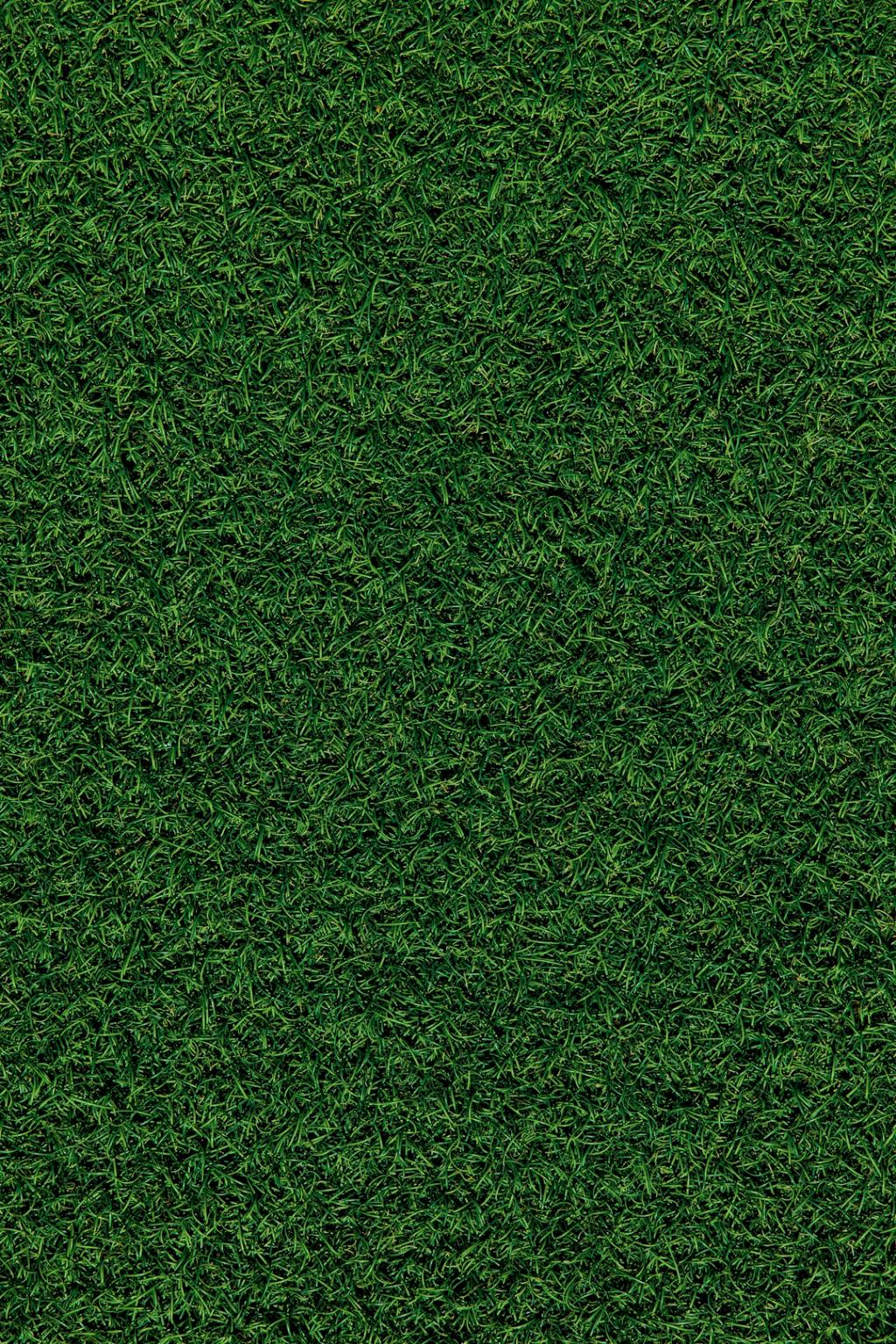If you’re wondering about the optimal timing for applying 2,4-D herbicide on your lawn, it’s essential to consider some key factors. The efficacy of this herbicide largely depends on the growth stage of the weeds you intend to target. It is recommended to treat weeds with 2,4-D when they are young and actively growing. This ensures that the herbicide can effectively penetrate and eliminate the target weeds.
When it comes to perennial weeds, timing is crucial. It’s best to apply 2,4-D when perennial weeds are nearing the bud stage but have not yet started flowering. This specific growth stage is ideal for maximum herbicide absorption and efficacy. By targeting perennial weeds at this stage, you can effectively control their growth and prevent them from spreading further in your lawn.
Another essential aspect to consider when spraying 2,4-D on your lawn is the application method. It is crucial to use sufficient water for thorough and uniform coverage of the herbicide. Adequate water ensures that the herbicide is evenly distributed across your lawn, reaching all target weeds effectively. This uniform application is key to maximizing the herbicide’s effectiveness and achieving optimal results.
When it comes to observing the results of your 2,4-D application, it’s essential to have realistic expectations. The 2,4-D Amine Selective Herbicide Weed Killer is known to produce visible results within a relatively short timeframe. In most cases, you can expect to see significant effects within 1 to 2 weeks of applying the herbicide.
It’s important to note that the timing of your 2,4-D application can significantly impact the overall efficacy of the herbicide. By targeting weeds at the right growth stage, you can maximize the herbicide’s effectiveness and achieve better control over weed growth in your lawn. Additionally, ensuring proper water coverage during application is crucial for uniform herbicide distribution and optimal results.
When considering when to spray 2,4-D on your lawn, it’s advisable to plan your application based on the growth stage of the weeds you intend to target. By treating weeds when they are young and actively growing, you can increase the herbicide’s absorption and overall effectiveness in controlling weed infestations in your lawn.
For perennial weeds, timing is key to successful control. Applying 2,4-D when perennial weeds are near the bud stage but have not yet flowered can significantly enhance the herbicide’s impact on weed growth. This targeted approach ensures that the herbicide can effectively eliminate perennial weeds and prevent them from spreading further.
Effective weed control with 2,4-D also relies on proper application techniques. Ensuring sufficient water for thorough coverage is essential for uniform herbicide distribution. This step is critical for reaching all target weeds and maximizing the herbicide’s contact with the vegetation, leading to better weed control results.
When assessing the outcomes of your 2,4-D application, it’s essential to be patient and observant. The 2,4-D Amine Selective Post-Emergent Herbicide is designed to work efficiently, with visible effects typically appearing within 1 to 2 weeks of application. Monitoring the progress of weed control post-application can provide valuable insights into the herbicide’s effectiveness.
By following these guidelines and understanding the importance of timing and application techniques, you can optimize the results of your 2,4-D herbicide treatments on your lawn. Targeting weeds at the right growth stage, ensuring proper water coverage, and monitoring the herbicide’s effects can help you achieve effective weed control and maintain a healthy, flourishing lawn.
Overall, choosing the right time to spray 2,4-D on your lawn plays a crucial role in the success of your weed control efforts. By considering the growth stage of weeds, employing proper application methods, and monitoring the herbicide’s effects, you can enhance the efficacy of 2,4-D treatments and achieve a weed-free, lush lawn that you can enjoy year-round.

